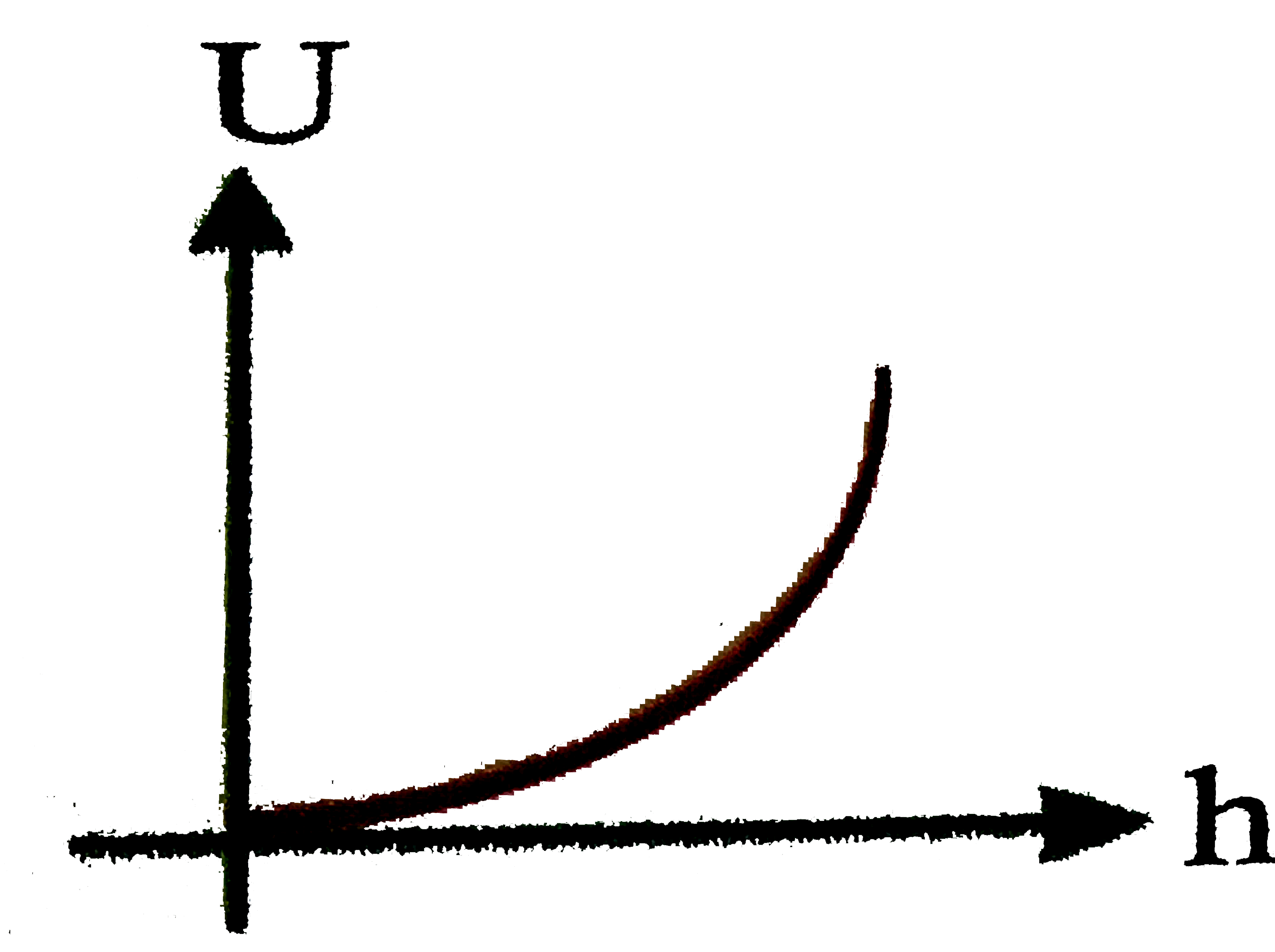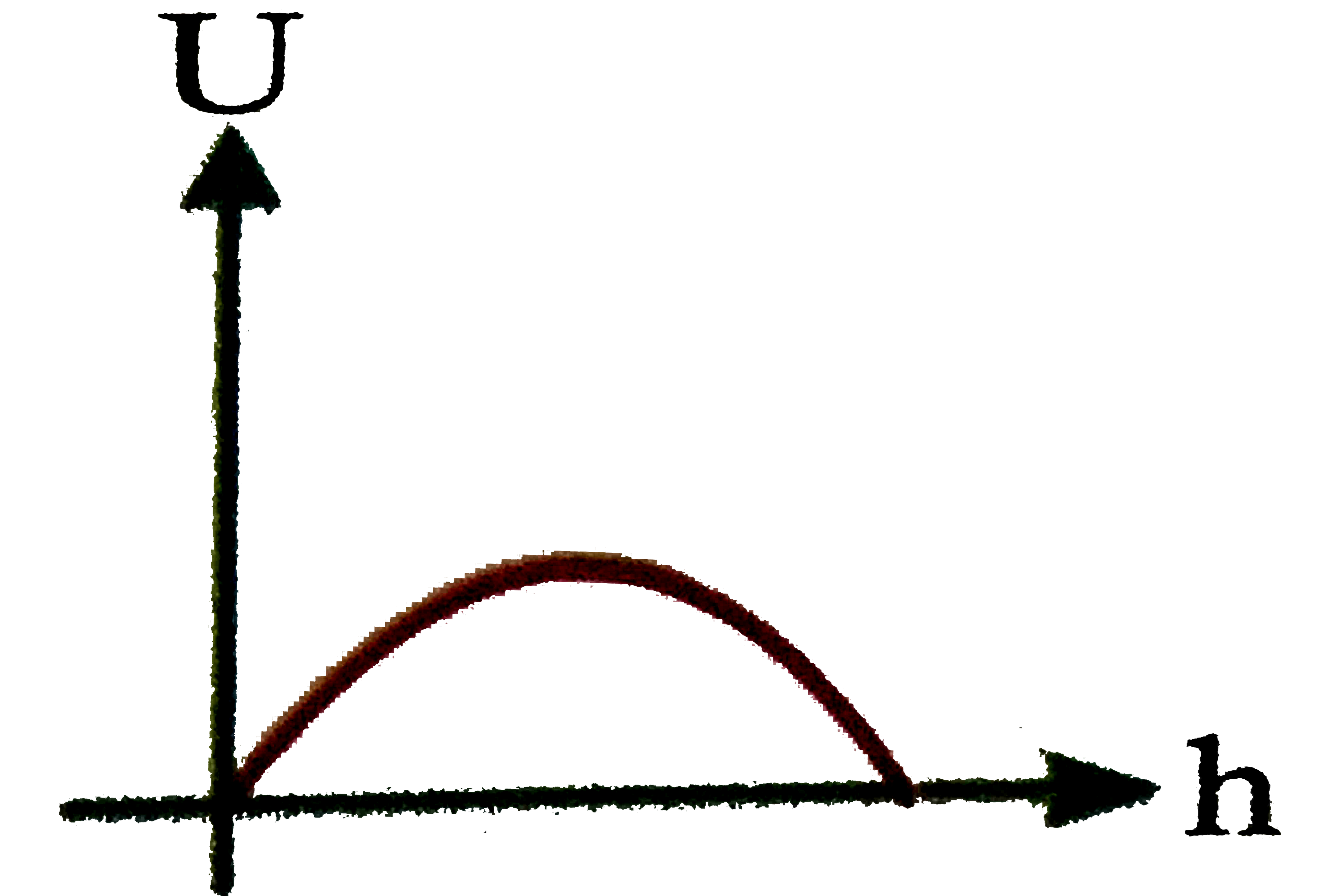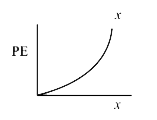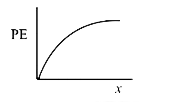A particle of mass an charge is projected vertically upwards .A uniform electric field is acted vertically downwards.The most appropiate graph between potential energy (gravitaion plus eelectrostatic) and height h(lt lt radius of earth) is :(assume to be zero on surface of earth)




The correct Answer is:1
Potential at a distance from its centre
since and
PDb//w the two point is equal to
Work done =
Topper's Solved these Questions
- BOOK - NARAYNACHAPTER - ELECTROSTATICS AND GAUSS LAWEXERCISE - Level 18videos
ELECTROSTATICS AND GAUSS LAW
- BOOK - NARAYNACHAPTER - ELECTROSTATICS AND GAUSS LAWEXERCISE - Level 210videos
ELECTROSTATICS AND GAUSS LAW
- BOOK - NARAYNACHAPTER - ELECTROSTATICS AND GAUSS LAWEXERCISE - Level II(C.W)27videos
ELECTROSTATICS AND GAUSS LAW
- BOOK - NARAYNACHAPTER - ELECTROSTATIC POTENTIAL AND CAPACITANCEEXERCISE - ADDITIONAL PROBLEMS14videos
ELECTROSTATIC POTENTIAL AND CAPACITANCE
- BOOK - NARAYNACHAPTER - EXPERIMENTAL PHYSICSEXERCISE - Comprehension type6videos
EXPERIMENTAL PHYSICS
Similar Questions
A particle is having mass m & charge +q is projected horizontally from point O. Electric field is present and is directed vertically downward .
View SolutionA particle of mass m and charge q is released from rest in uniform electric field of intensity E. Calculate the kinetic energy it attains afect moving a distance x between the plates.
View Solution
Knowledge Check
- Question 1 - Select One
A particle of mass m and charge −q is released from rest in a uniform electric field. If there is no other force on the particle, the dependence of its potential energy on the distance x travelled by it is correctly given by (assume initial potential energy to be zero ,graphs are schematic and not drawn to scale)
A B
B C
C D
D
- Question 2 - Select One
A particle is throws vertically upwards from the surface of earth and it reaches to a maximum height equal to the radius of earth. The radio of the velocity of projection to the escape velocity on the surface of earth is
A1√2B12C14D12√2 - Question 3 - Select One
A projectile of mass m is thrown vertically up with an initial velocity v from the surface of earth (mass of earth = M). If it comes to rest at a height h, the change in its potential energy is
AGMmh/R(R+h)BGMmh2/R(R+h)2CGMmhR/R(R+h)DGMm/hR(R+h)
A particle of mass m and charge q is thrown at a speed u against a uniform electric field E. How much distance will it travel before coming to momentary rest?
View SolutionA very small particle of mass m and charge q is given an initial speed u against uniform electric field E. How much distance will the particle cover before acquiring the same speed again?
View SolutionBetween two horizontal parallel plates, uniform electric field E directed vertically downward. A charged particle (q,m) remains in equilibrium in vaccum between the plates. Find shortage/excess of electrons in the charged particle .
View SolutionA particle having mass m and charge q is projected at an angle of 75° to the horizontal with a speed u. A uniform electric field E=mgq exists in horizontal direction. Find the time after projection when the velocity of particle makes an angle of 45° with horizontal.
View SolutionA simple pendulum consists of a small sphere of mass m suspended by a thread of length l. The sphere carries a positive charge q. The pendulum is placed in a uniform electric field of strength E directed vertically downwards. Finds the period of oscillation of the pendulum due to the electrostatic force acting on the sphere, neglecting the effect of the gravitational force.
View Solution

